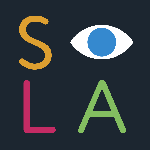Jorge Mascarenhas Interview with Greg Clarke
~~~~~~~~~~~~~~~~~~~~~~~~~~~~~~~~~~~~~~~~~~~~~~~~~~~~
What is illustration?
Illustration is visual problem solving that generally supports or works in tandem with other bodies of information.
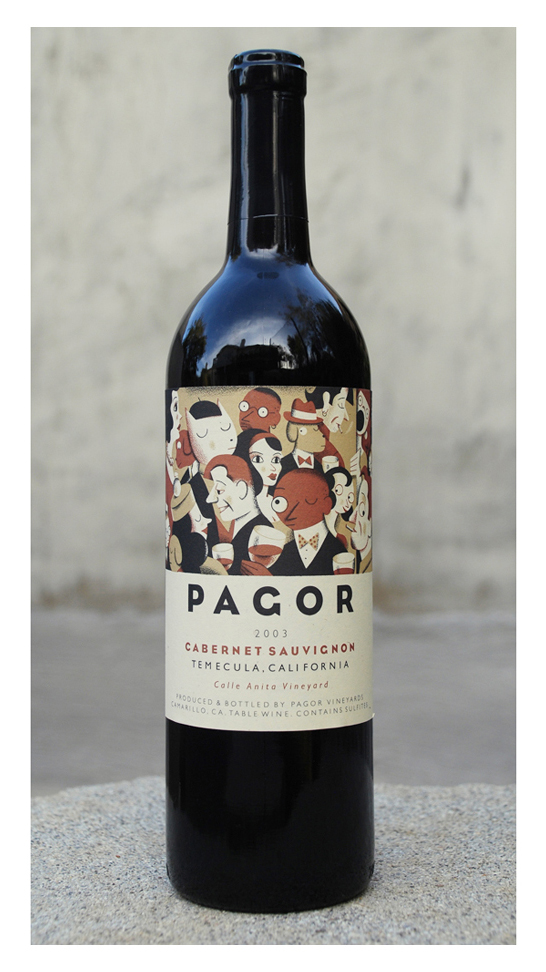
How did you get started in your professional career?
My first experience getting published was as an editorial cartoonist for my college newspaper—the UCLA Daily Bruin. Following graduation, I work for several years as an ad agency art director and then at a graphic design firm. After taking several trips to NYC with my good friend Gary Baseman—a fellow UCLA student—to show our portfolios around (this was what illustrators did in the 90s before websites and social media), I started getting enough editorial work to quit my full time graphic design job.
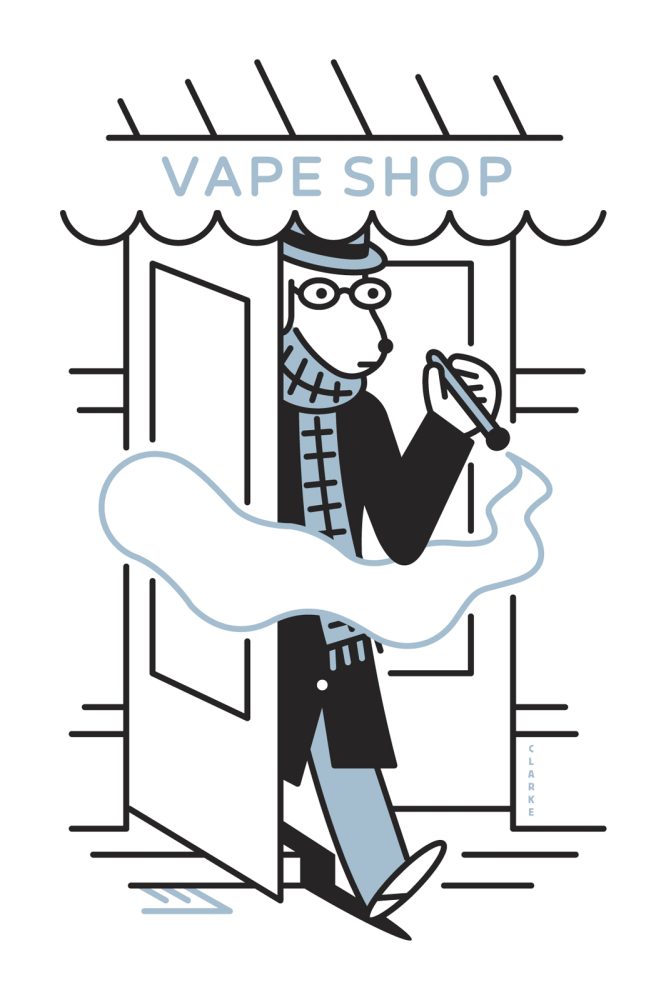
Which illustrators inspired you to pursue this career?
While in college, I became obsessed with humorous New Yorker artists like Sempé, William Steig, Saul Steinberg, RO Blechman, André François and Pierre Le Tan. I was also inspired by illustrator/designers like Seymour Chwast, A.M. Cassandra, Woody Pirtle, and Michael Mabry.

What keeps you inspired?
Everything—fine art, film, music, books, food, wine, cats…
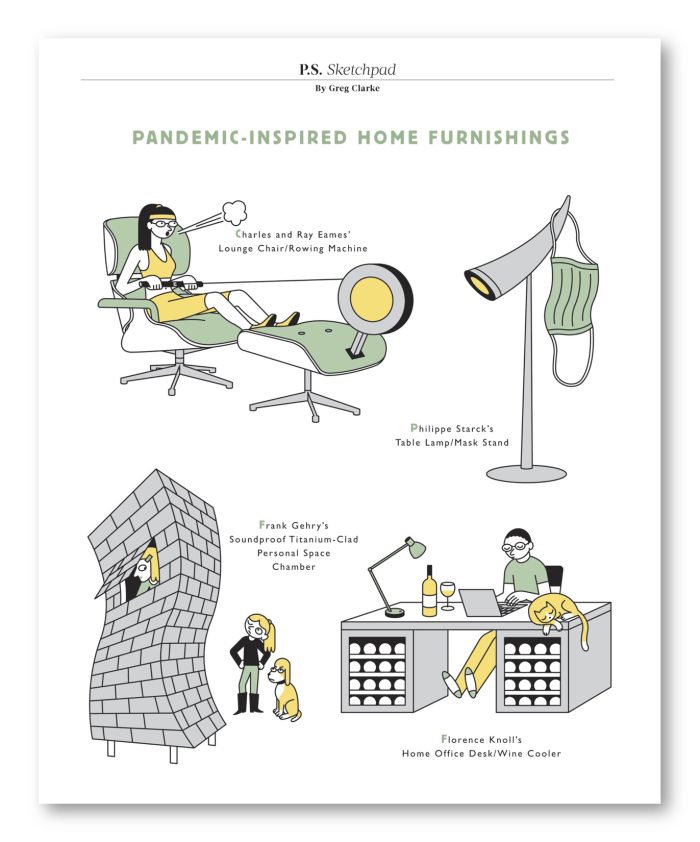
Do you think art fundamentals are still relevant in the new age of AI?
I think it’s too early to make that call.
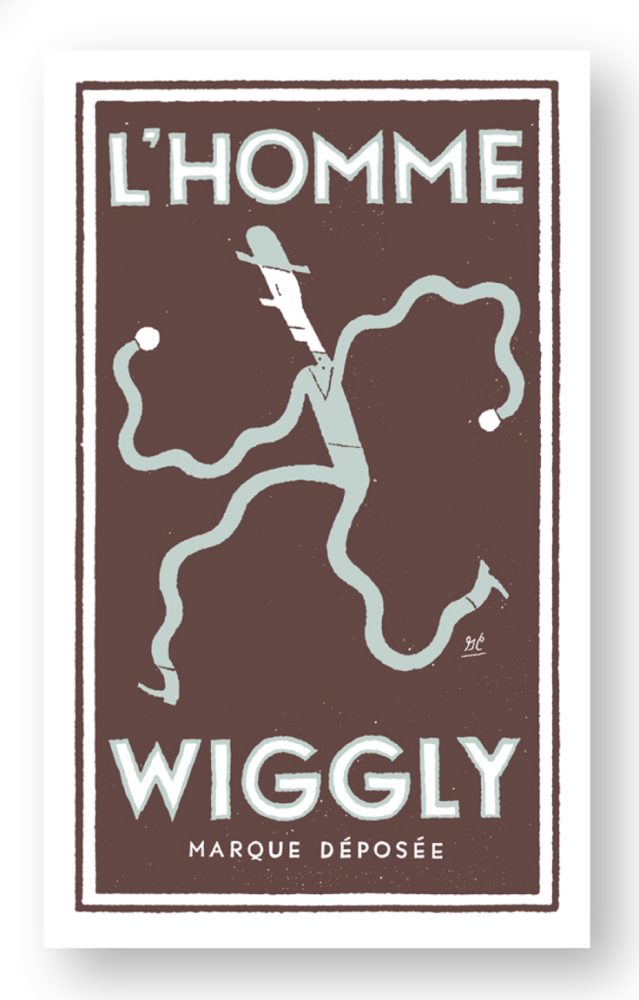
Do you think AI will obliterate illustration?
I’m not sanguine about the future of the arts in general. Artists with traditional skills will always have currency (and will probably have increasingly more cachet as AI becomes the norm), but I see illustration becoming less in demand and more niche as designers and art directors face mounting pressure from their overlords to generate images with prompts. It doesn’t bode well when we are dealing with a general public that can’t tell the difference, or worse, doesn’t care.
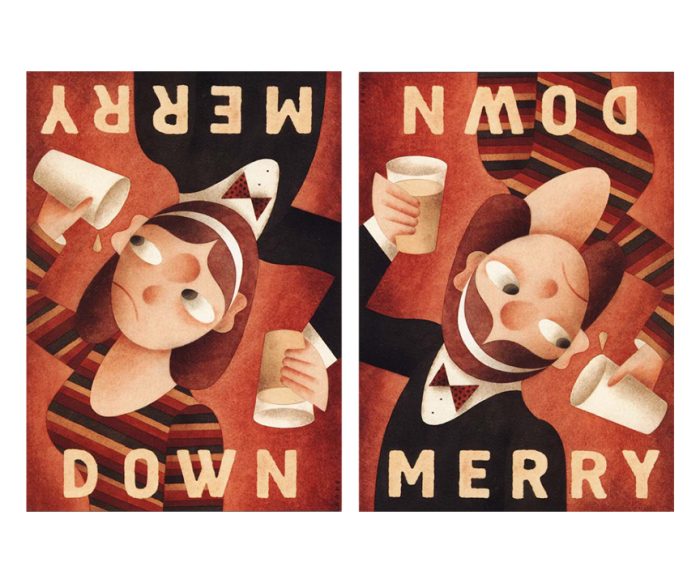
What advice you wish you had gotten as a young illustrator?
Not every illustration you produce will be a home run, and that’s ok.
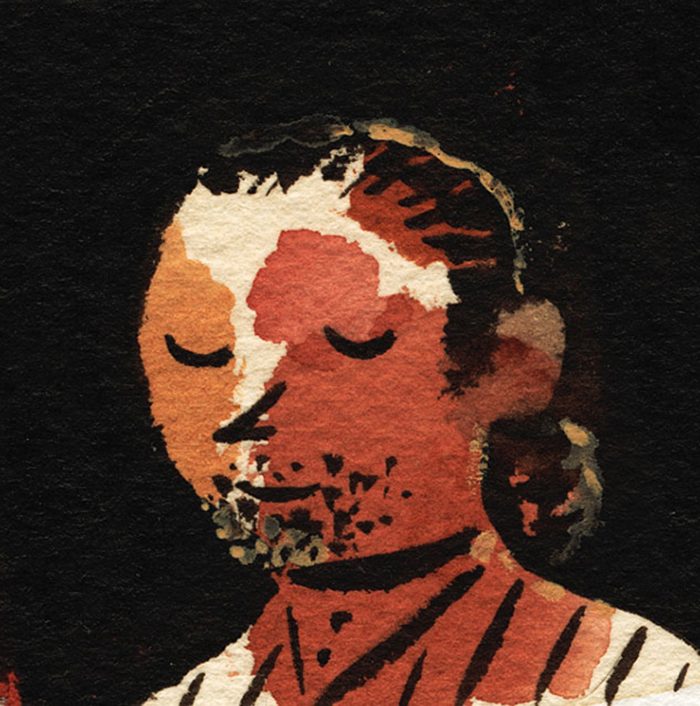
What is more important concept or technique?
I’d give more weight to concept, but both are important.
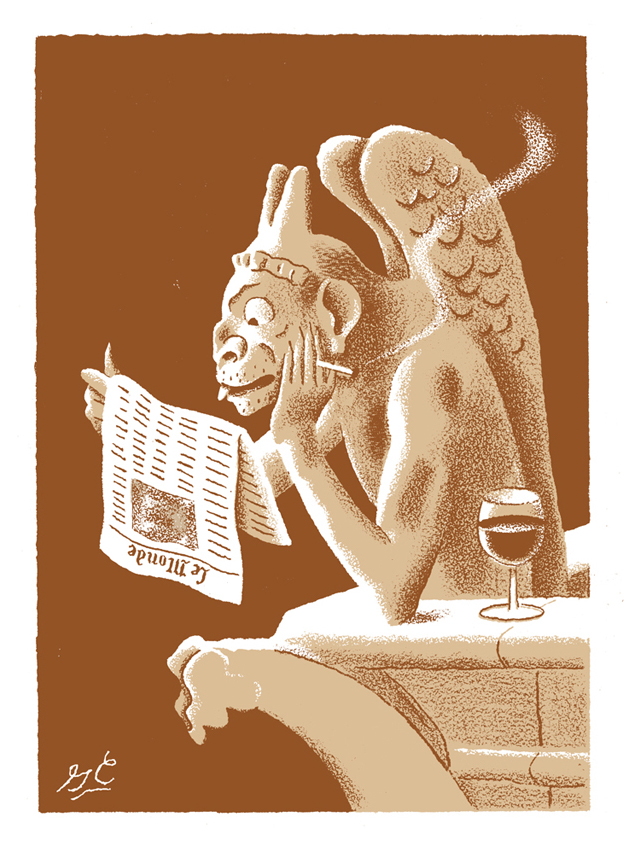
Which project or event changed the course of your career?
Getting a call from Gail Anderson to illustrate the lead record review in Rolling Stone (for Beck’s Odelay), and landing a New Yorker cover with Françoise Mouly.
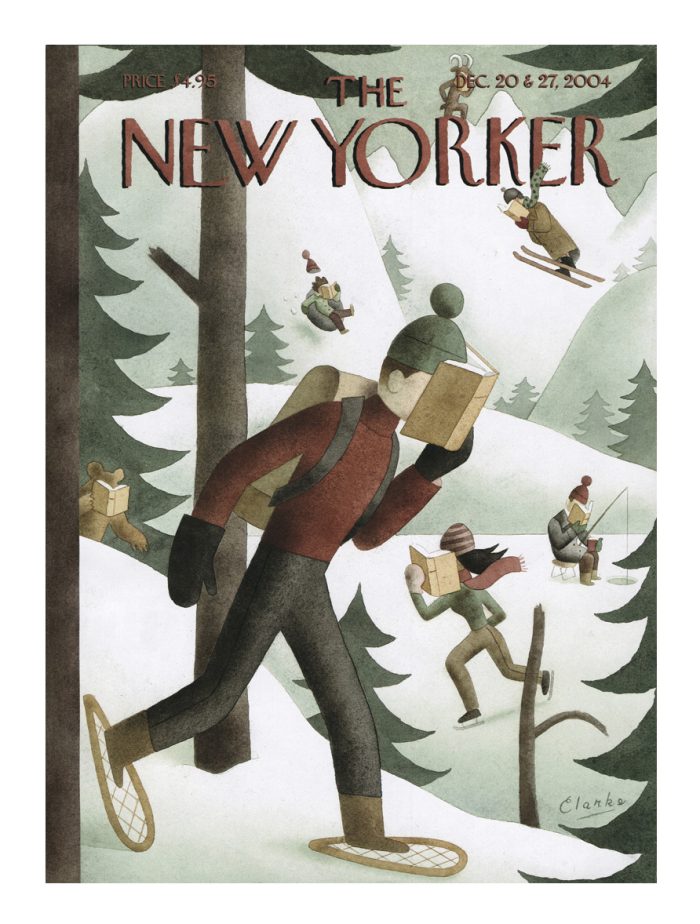
What do you do when encountering a creative block?
Take a walk or take a nap.
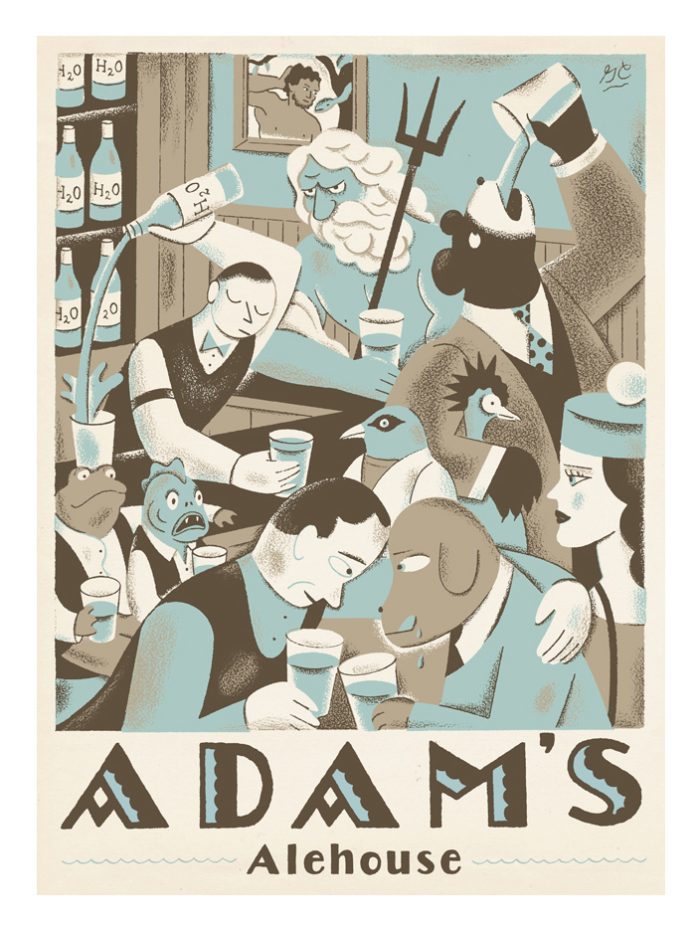
If you could go back and do something differently in your career, what would that be?
Choosing a different career with more financial stability probably would have been prudent, but I can’t imagine doing anything else. Overall, I’m happy with the choices I’ve made.
![]()
What advice do you give to future illustrators?
You don’t necessarily need a degree from a fancy art school to be successful.
https://www.gregclarke.com/
https://www.facebook.com/greg.clarke.3979/
https://www.instagram.com/greg_clarke/
https://twitter.com/lhommewiggly
https://www.linkedin.com/in/gregclarkeillustration/
© no artwork displayed can be used without permission of the artist, Greg Clarke
~~~~~~~~~~~~~~~~~~~~~~~~~~~~~~~~~~~~~~~~~~~~~~~~~~~~
Gillian MacKenzie Agency
115 Broadway / Suite 1602
New York NY 10006

